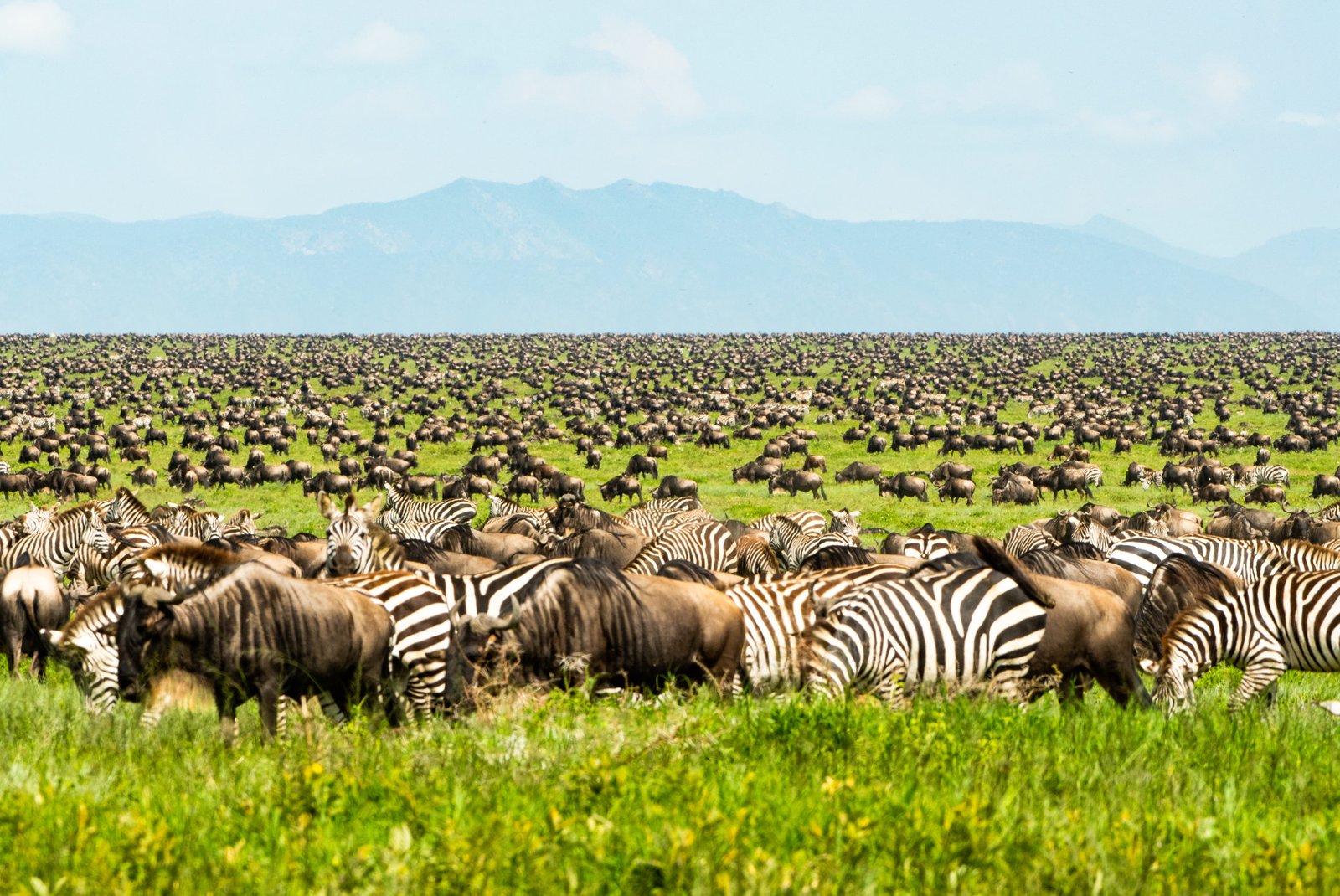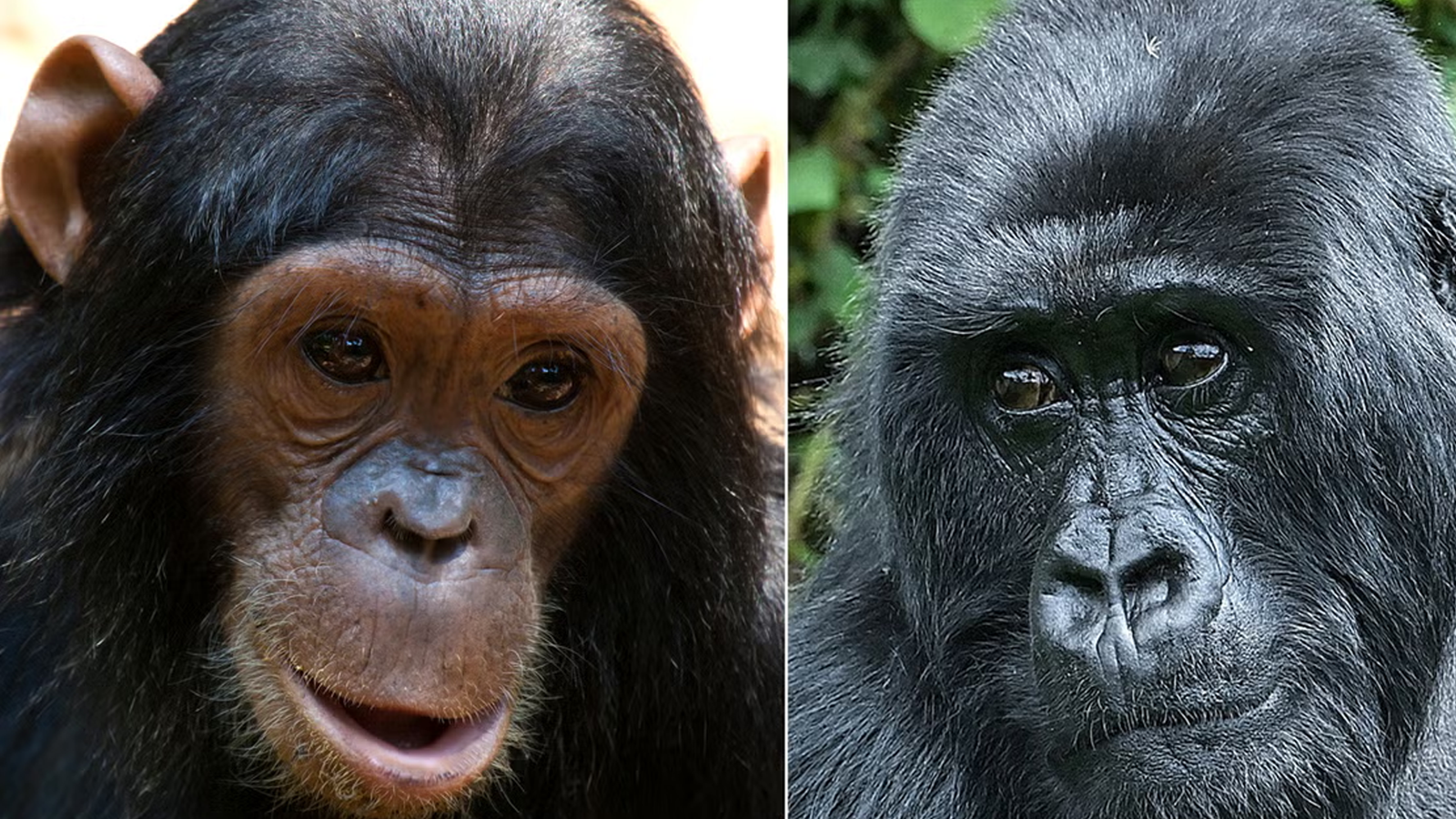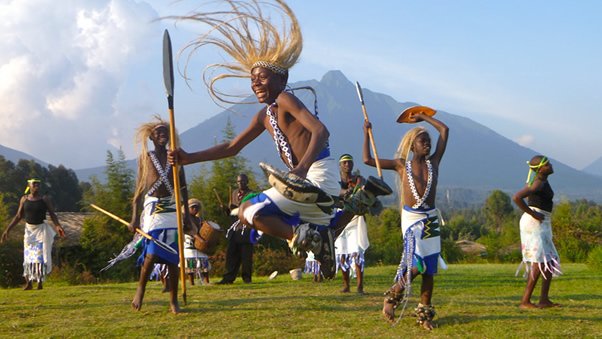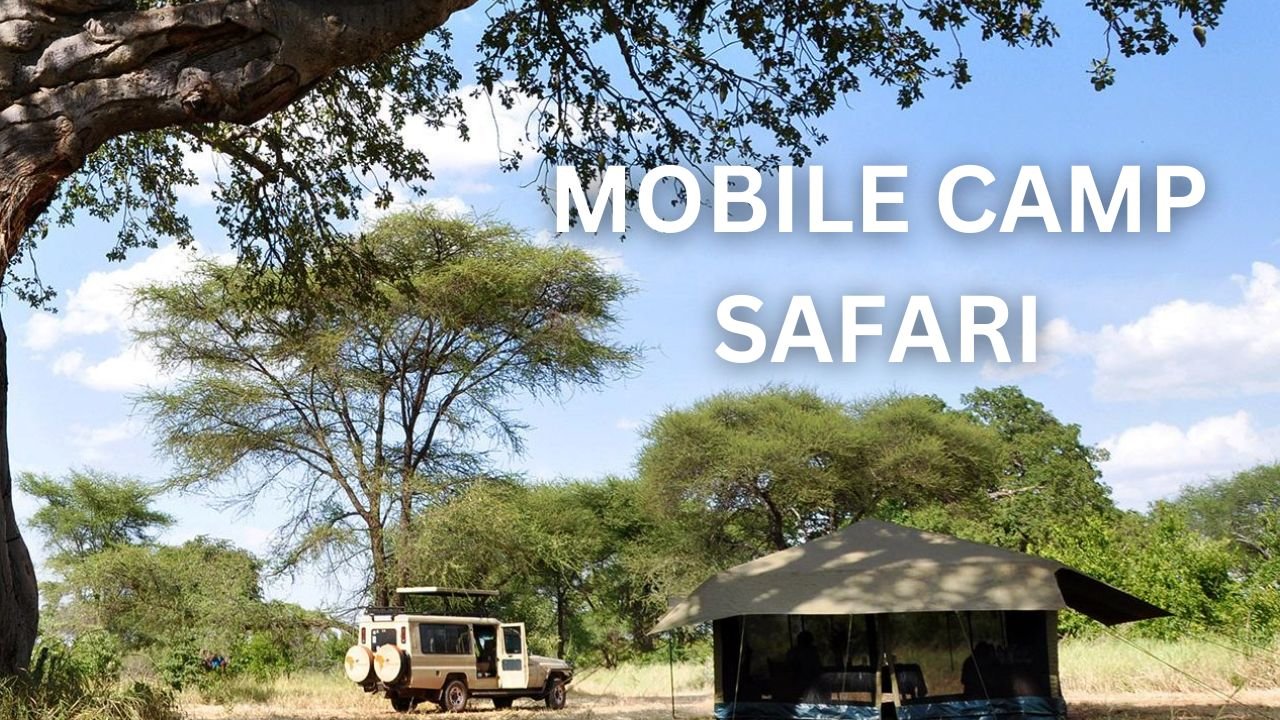Best Time to Visit The Great Wildebeest Migration
If there’s one event that truly embodies the wild spirit of Africa, it’s the Great Wildebeest Migration. Known as one of nature’s most spectacular phenomena, this annual journey sees millions of wildebeest, zebras, and gazelles traveling across the Serengeti-Mara ecosystem in search of food, water, and a safe environment for calving.
But while the migration itself is a constant event, the timing and location of the herds can change drastically throughout the year, making it essential to pick the right time to witness this awe-inspiring journey. So, when is the best time to visit?
The Great Migration: An Overview
The Great Migration is a year-round spectacle. It isn’t a single event, but rather a cycle that plays out across the year, with wildebeest and other grazers moving in large herds across Tanzania’s Serengeti and Kenya’s Maasai Mara. The migration is driven by the search for fresh grazing and water, and it is heavily influenced by the seasonal rains. From calving in the southern Serengeti to the dramatic river crossings in the north, the entire migration provides incredible wildlife viewing opportunities throughout the year.
January to March: The Calving Season in the South
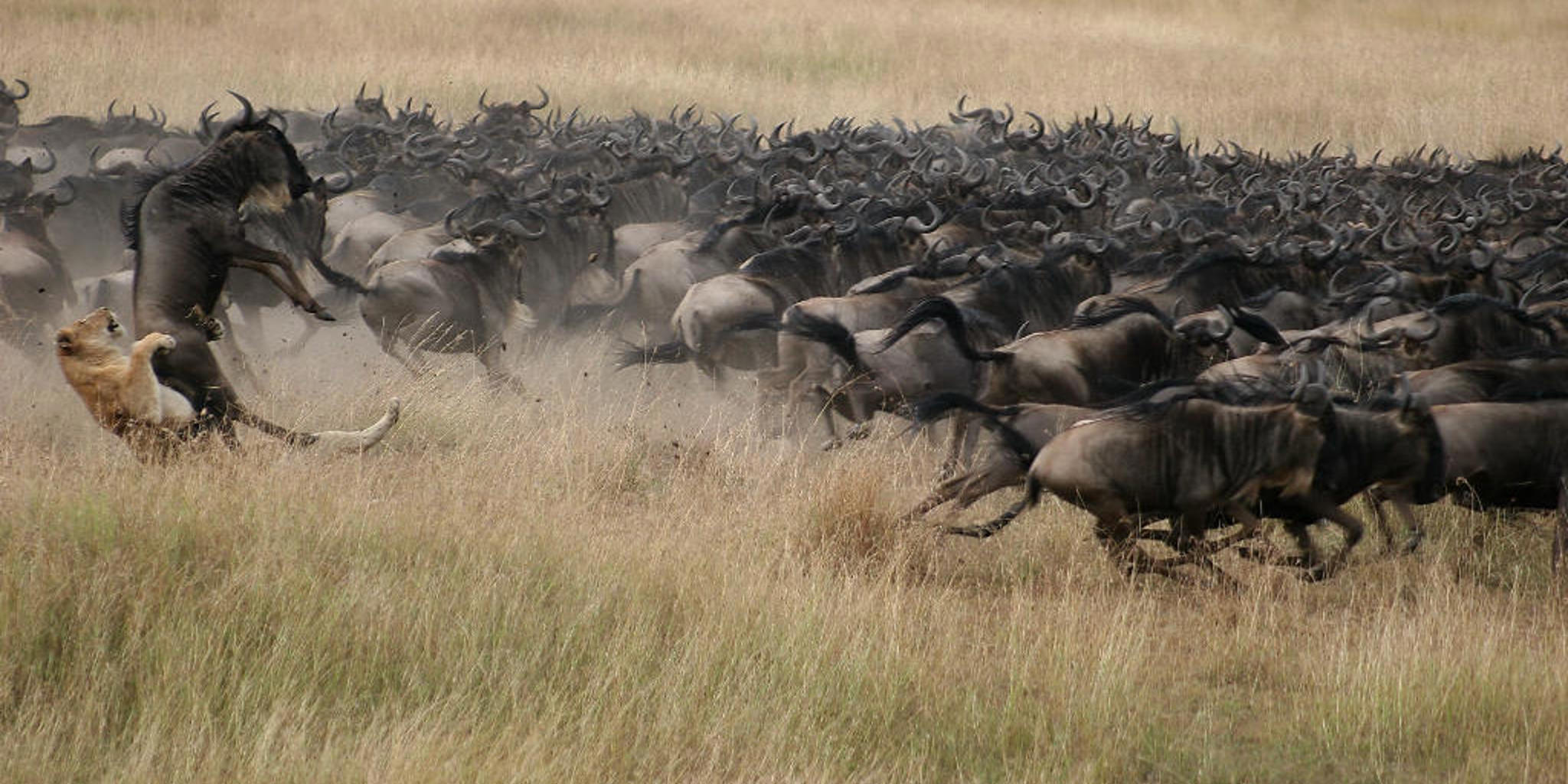
If you’re keen on witnessing one of the most exciting parts of the migration, the calving season from January to March is the perfect time to visit. During this period, the wildebeest herds gather in the southern Serengeti and Ndutu plains in Tanzania, where they give birth to nearly 500,000 calves. This makes it one of the most dynamic and dramatic moments of the migration.
Why visit from January to March?
- The herds are dense, making it a great time for game viewing.
- The predators are more active, with cheetahs, lions, and hyenas often spotted hunting the vulnerable newborns.
- The calving season is a mesmerizing spectacle, as the plains fill with the sounds of newborn calves taking their first steps.
This is also one of the best times for predator sightings in the Serengeti. The predators—especially cheetahs—flock to the region to take advantage of the newborn wildebeest. The concentration of carnivores during this time is astounding, and you might find yourself witnessing dramatic chases and hunts in the open plains.
Top Camps for this Time:
- Nasikia Luxury Mobile
- Olakira
- Alex Walker’s Serian
April to May: The Herds Move North
As the rains subside, the wildebeest begin their journey northward toward the central Serengeti. This period marks a crucial phase as the herds start to build in numbers, now migrating away from the calving grounds and heading towards the lush grazing areas that lie further north.
Why visit in April to May?
- It’s a great time to experience the migration without the crowds.
- The herds are still concentrated, and you can enjoy quieter game viewing.
- Many newborn wildebeest are still with the herds, and you might catch sight of them as they gain strength.
This is a time of transition, and the central Serengeti becomes the perfect location to observe the herds as they move in large groups across the plains. It’s also an excellent time for birdwatching, as migratory bird species can be spotted in abundance.
Top Camps for this Time:
- Naona Moru
- Dunia
- Serengeti Safari Camp
- Singita Faru Faru
June: Crossing the Grumeti River
By June, the migration takes on a more dramatic character as the wildebeest begin crossing the Grumeti River in the western Serengeti. This crossing is often less intense than the Mara River crossing, but it still offers thrilling moments as the herds navigate crocodile-infested waters. The migration also splits into two main groups at this point, with one heading directly north and the other swinging to the western corridor.
Why visit in June?
- You’ll witness one of the migration’s most dramatic moments: crossing the Grumeti River.
- The herds are on the move again, making this a highly dynamic month.
- The area is less crowded than later in the year, offering a more intimate safari experience.
It’s an exciting time for anyone visiting, as you’ll get to see the first major river crossings of the year, albeit on a smaller scale than in the Maasai Mara.
Top Camps for this Time:
- Naona Moru
- Ubuntu
- Serengeti Safari Camp
- Singita Faru Faru
July to October: The Mara River Crossings
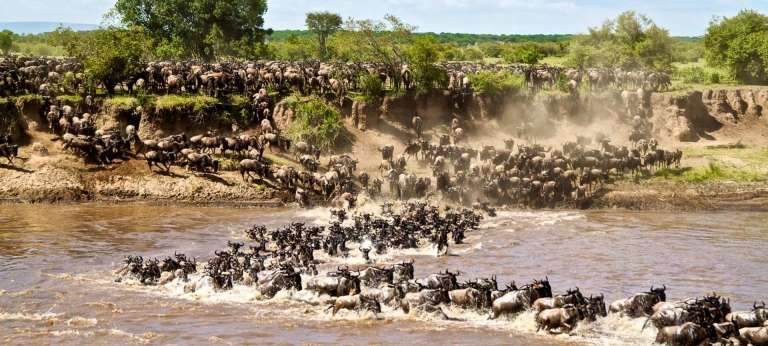
If you’re looking to witness the Mara River crossings, then July to October is the prime period. This is when the herds make their way into Kenya’s Maasai Mara after passing through the Serengeti. These river crossings are some of the most iconic moments in wildlife photography, as wildebeest brave crocodile-infested waters in one of nature’s most dangerous challenges.
Why visit from July to October?
- The river crossings are at their peak during this period, offering the best chance to witness one of nature’s most dramatic scenes.
- The herds are crossing the Mara River, and you’ll get to see the wildebeest face off against the resident crocodiles.
- The Maasai Mara is quieter in terms of visitors compared to peak season in the Serengeti, offering an exclusive experience.
If you’ve ever seen photos of the migration, chances are they were taken during this period. The dramatic visuals of thousands of wildebeest jumping into the river while crocodiles lie in wait are some of the most memorable images from any safari.
Top Camps for this Time:
- Nasikia Luxury Mobile
- Ubuntu
- Alex Walker’s Serian
- Singita Faru Faru
November to December: The Wildebeest Return South

As the short rains start to ease, the migration begins its return journey south to the Serengeti. The herds are unpredictable during this period, as some might head east into Loliondo, while others stay in the central Serengeti.
Why visit from November to December?
- The herds are moving south again, and it’s a time to see them in a quieter phase.
- The landscape is lush and green from the rains, offering picturesque safari views.
- You’ll experience the migration without the crowds, making it an excellent choice for those seeking a more serene safari experience.
It’s a transitional time for the migration, as the herds prepare for the calving season to begin again in early the new year.
Top Camps for this Time:
- Naona Moru
- Dunia
- Serengeti Safari Camp
- Pioneer
When Should You Visit?
The best time to visit the Great Wildebeest Migration really depends on what you want to see. If you’re looking to witness the thrilling river crossings, then July to October is your best bet. For those interested in the calving season and predator activity, January to March offers unparalleled excitement. And if you want to experience the migration without the crowds, consider traveling from April to May or November to December.
No matter when you visit, one thing is certain: The Great Wildebeest Migration is a once-in-a-lifetime experience, and it’s guaranteed to leave you with memories that will last a lifetime.
